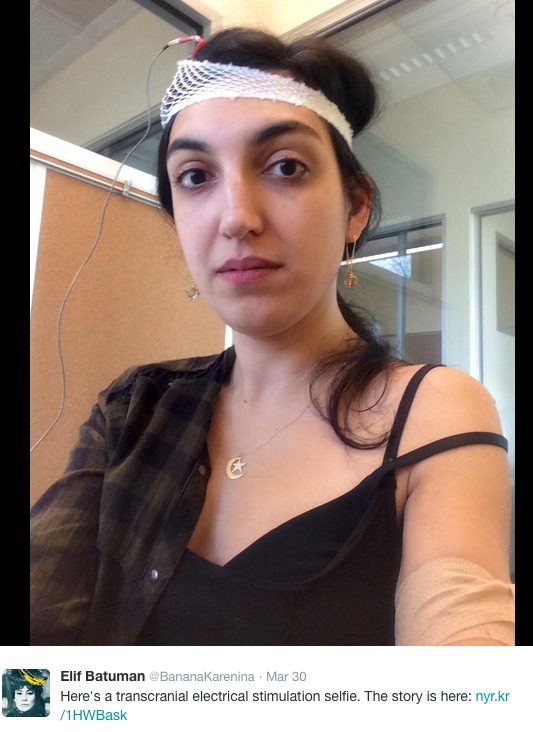At 20:40 Katie Witkiewitz begins discussing the use of tDCS as a tool for enhancing mindfulness training. Her work is mostly focused around addiction and recovery. She compares her own experience of using tDCS-assisted meditation to day 4 of a multi-day meditation retreat. They are using the anode F10 / cathode left shoulder (“Where’s Waldo” DARPA research) montage. There’s a shot of what she calls the ‘octa box’ which seems to be distributing current from a single ActivaDose device to 8 sets of electrodes for ‘group mindfulness training’ (but I could be wrong). Could tDCS enhance your meditation? Provide that extra bit of calming the chatter? She goes on to say that (including her own personal experience) the montage ‘inhibits verbal ability’ and that trying to lead a guided meditation while stimulating F-10 gave her ‘the worst headache’.

